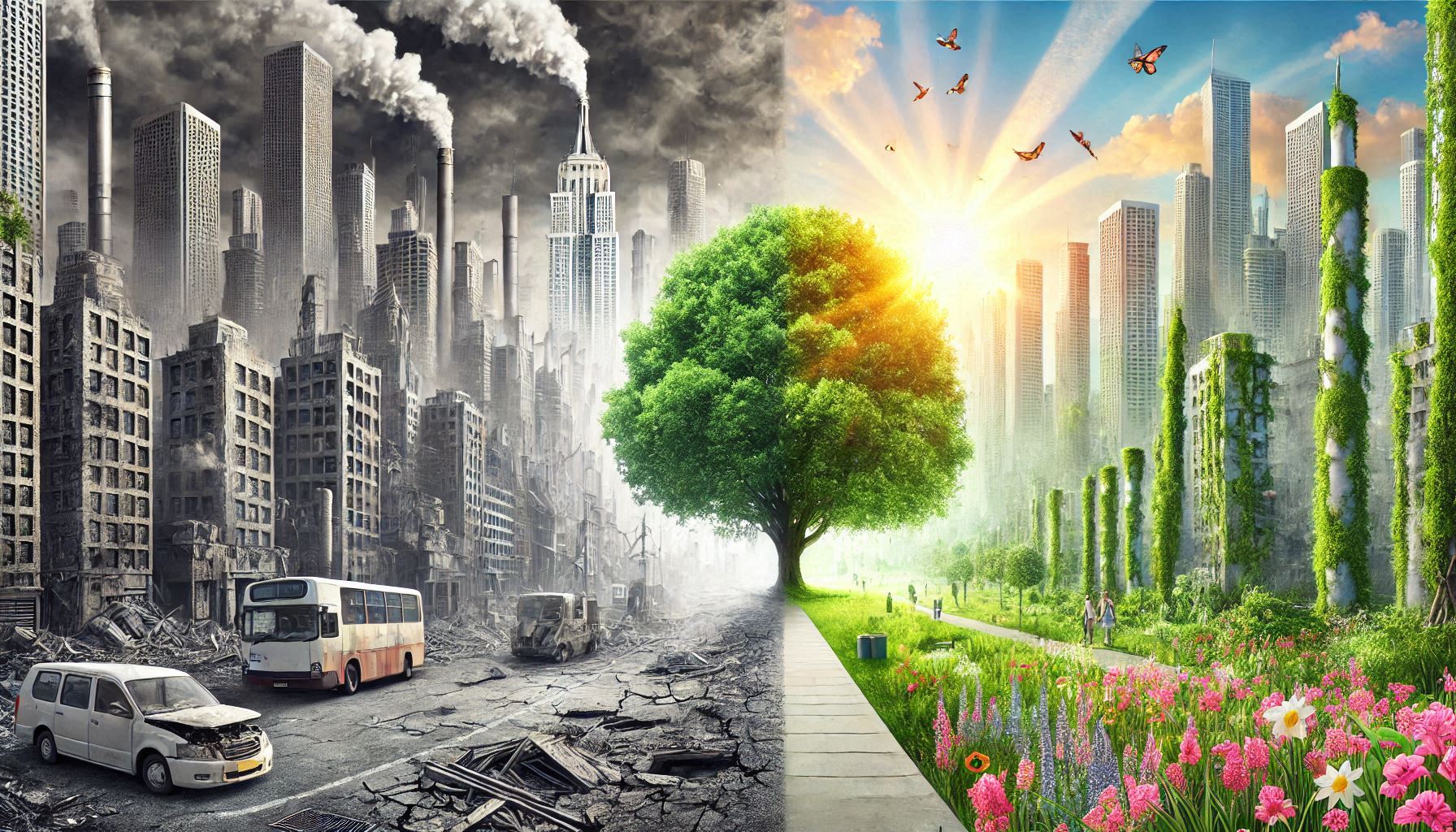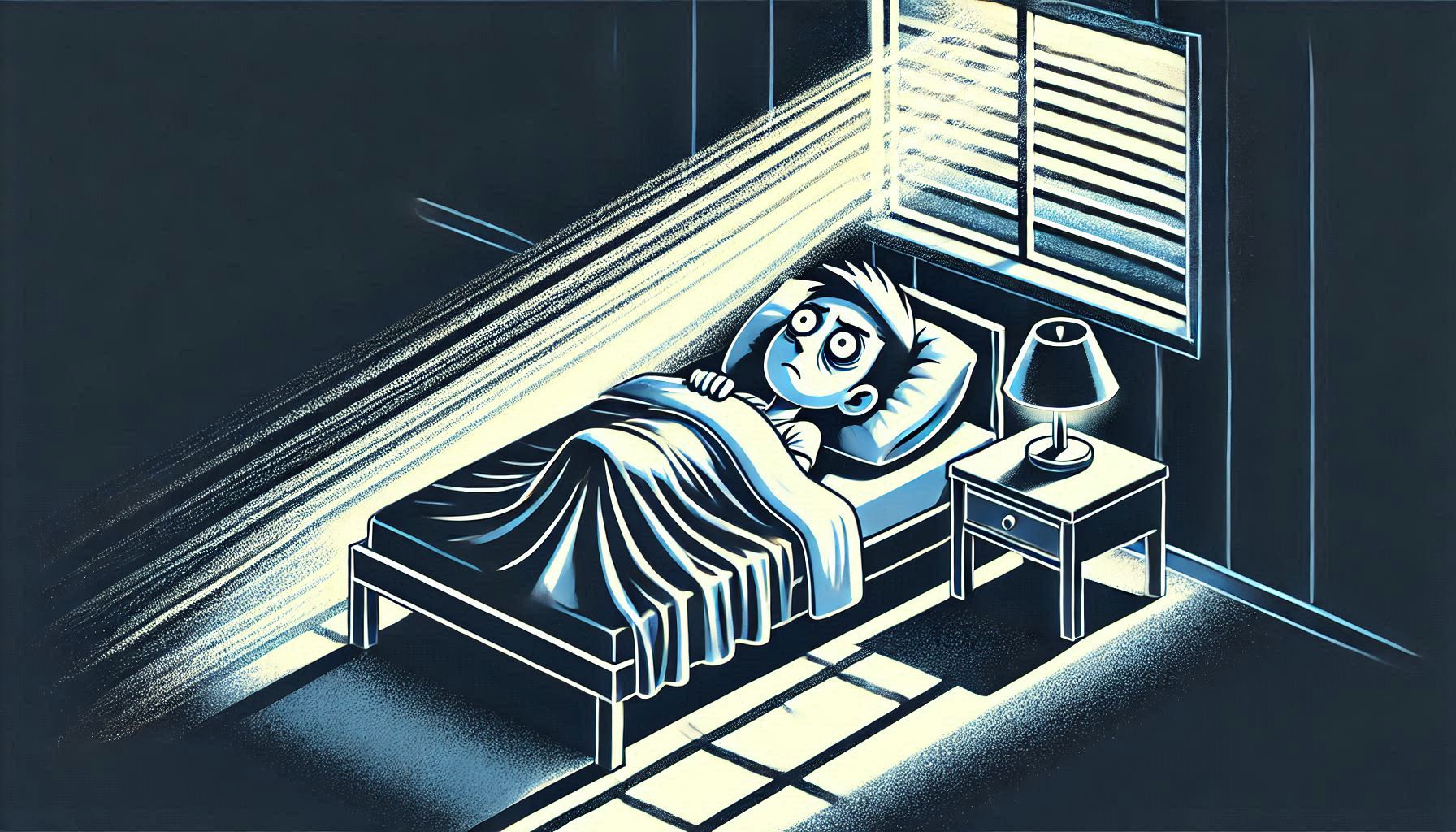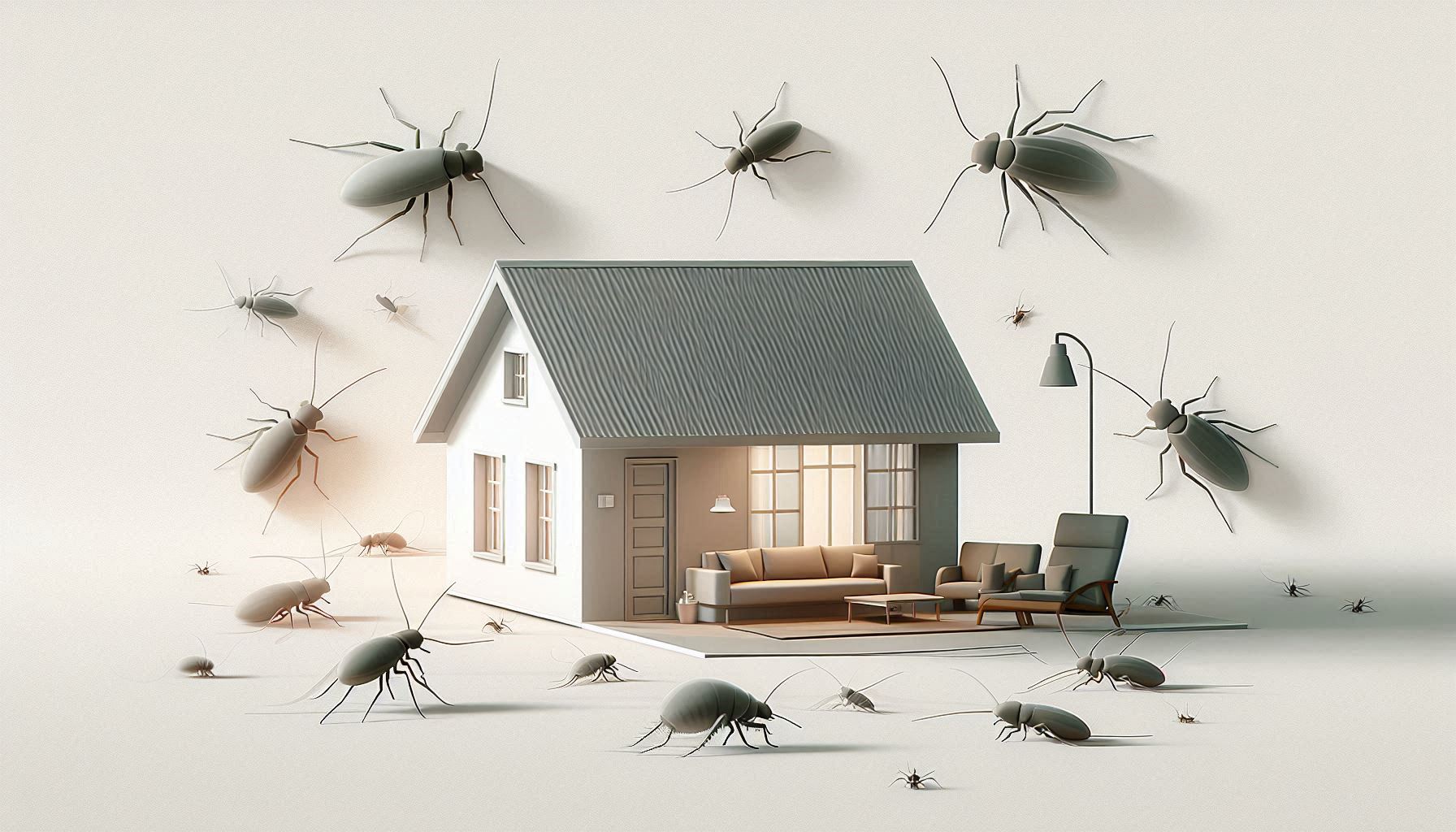Category: Urban Planning and Public Spaces
-

The Essential Role of Trees in Urban Environments: A Technical Perspective
Urbanization has transformed cities into sprawling networks of concrete, steel, and asphalt, where the natural environment often takes a backseat to infrastructure and development. However, the integration of trees in urban settings plays a crucial role not only in environmental sustainability but also in enhancing the quality of life for residents. This article explores the…
-

Visual Comfort: Designing Spaces for Optimal Lighting and Reduced Light Pollution
IntroductionVisual comfort refers to the quality of lighting in a space that allows occupants to perform tasks, relax, and function without experiencing eye strain, glare, or discomfort. Proper lighting design balances natural and artificial light, enhances productivity, and promotes well-being. In regions like Egypt, light pollution and the infiltration of streetlights into living spaces are…
-

Hygiene in Architectural Spaces: Why Construction Details Matter
Ever wondered why ants often emerge from the gaps between floor and wall tiles? The reason lies beneath—especially in Egypt, where leveling sand is commonly used as a substrate. This sand, though effective for leveling, creates the perfect environment for insects to thrive. With the right conditions—moisture, warmth, and food particles—it can become home to…
